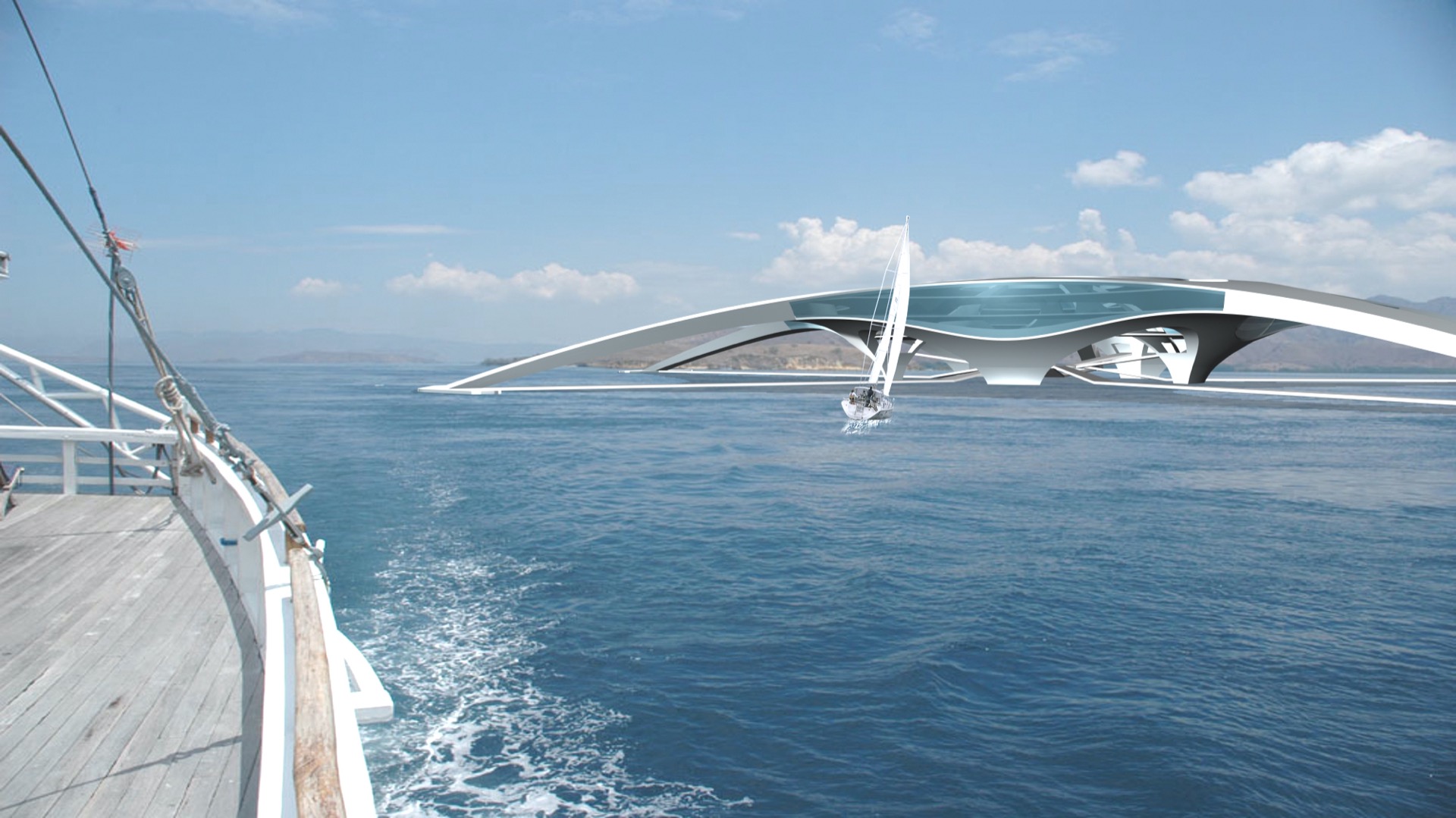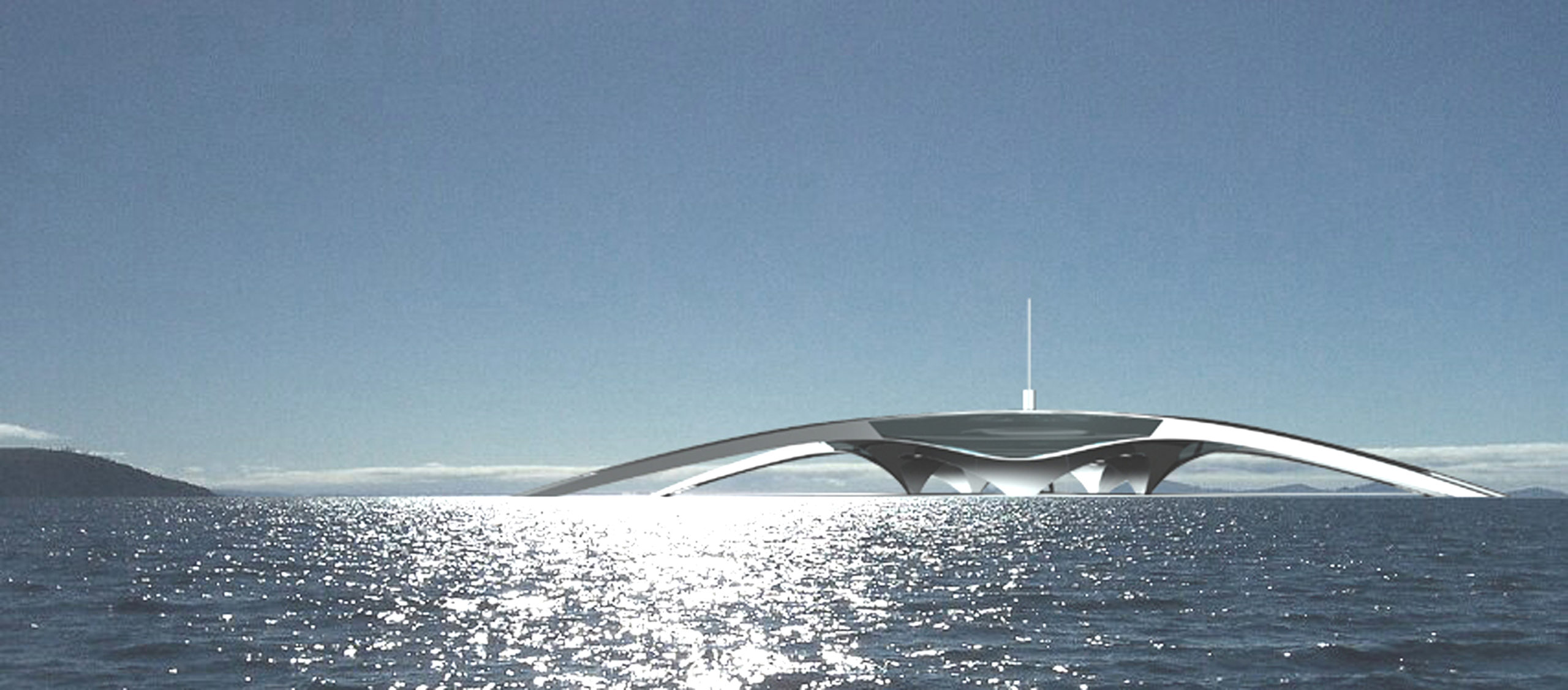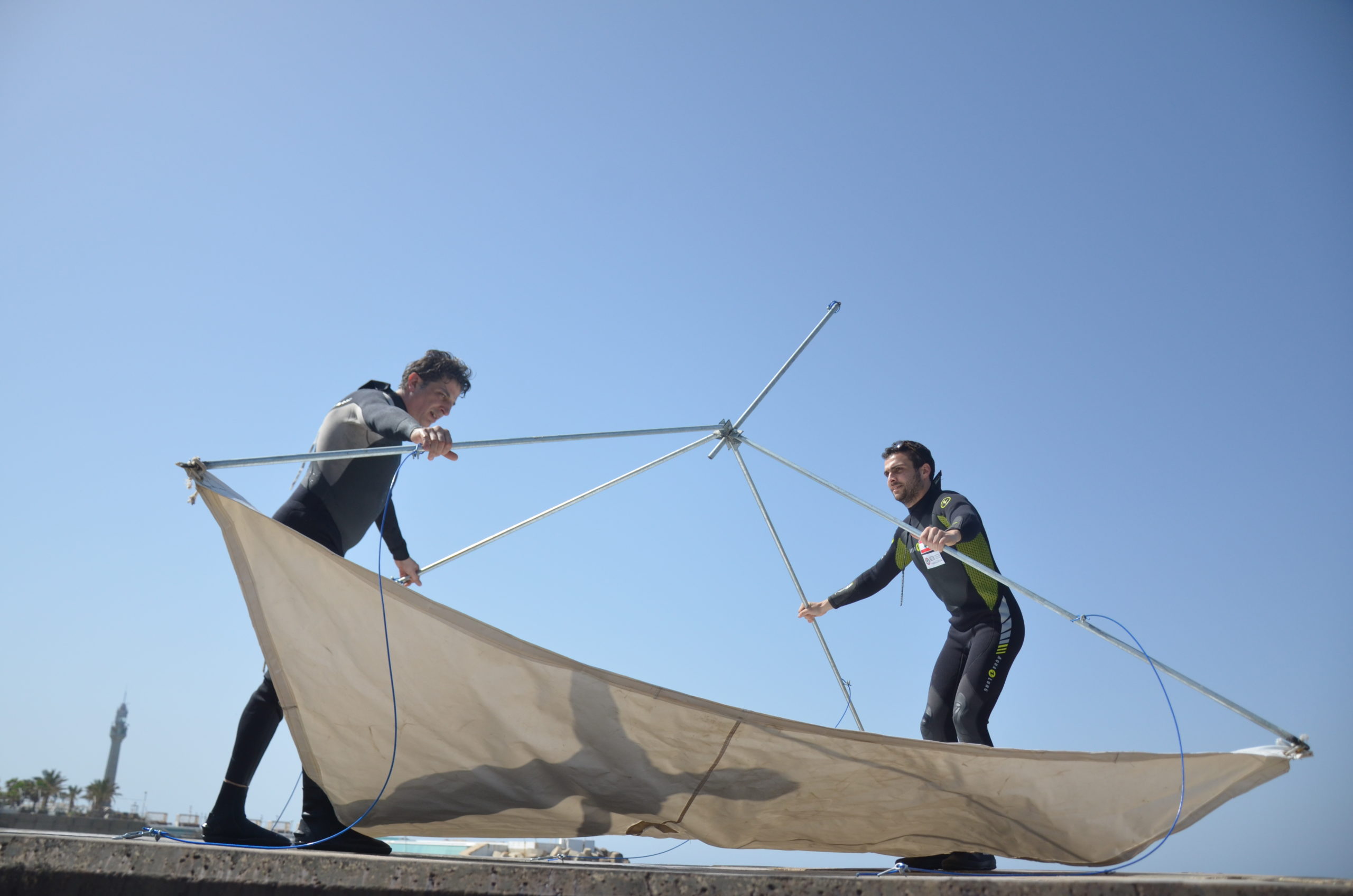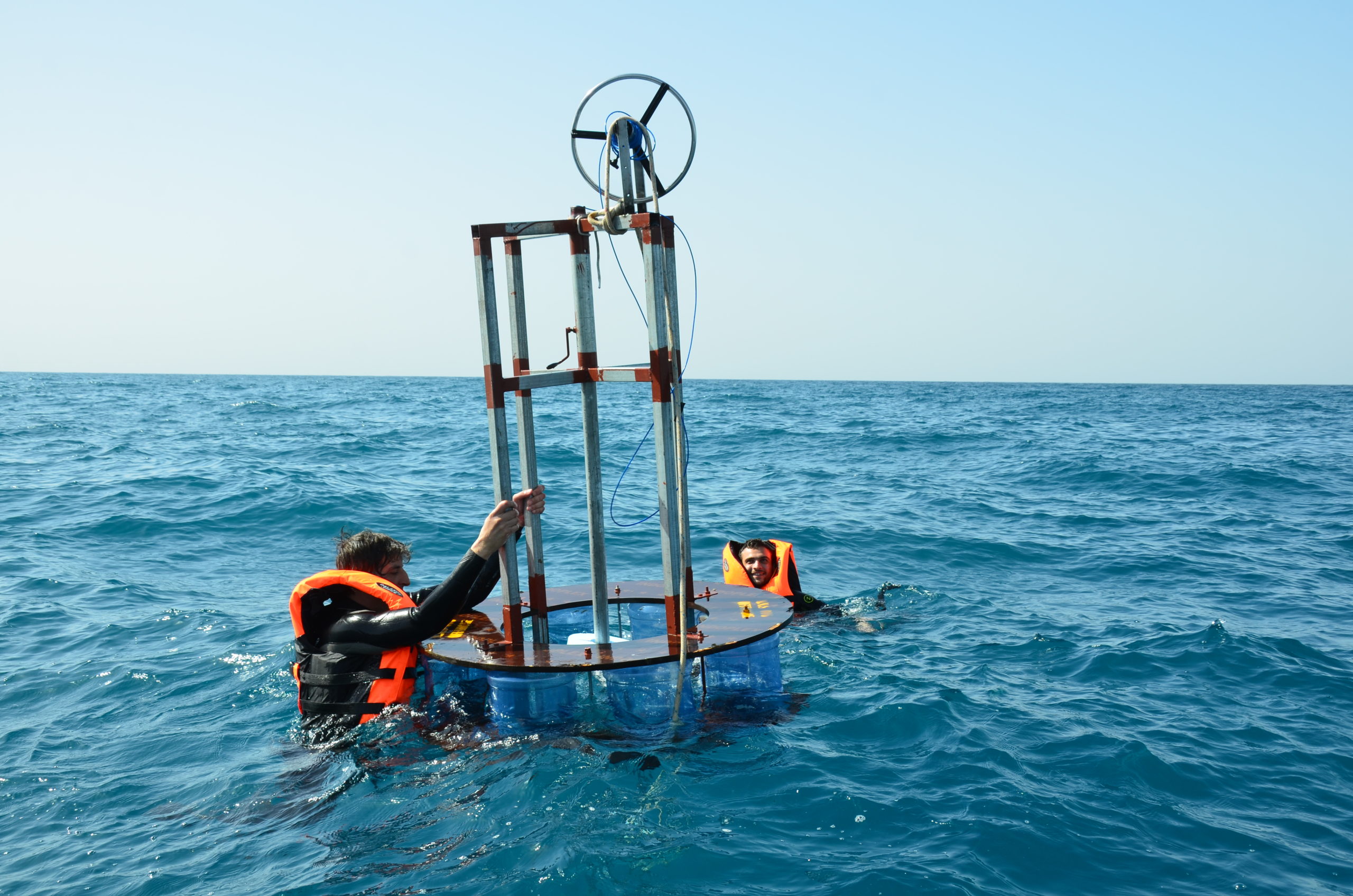





Floating Structures
Throughout history, building on water was explored in coastal areas around the globe in order to cater for the growing demand for space. The most common technique is the land fill. However, landfills require tremendous technical efforts and is extremely costly. Most problematic is the negative impacts of landfills on the natural environment. Apart from the destruction of ecological environment on the coast, the required materials need to be mined from quarries in the hinterland leaving vast trenches in the landscape. Steep slanted coastlines, strong currents and heavy surf also challenge the feasibility of such projects.
Climate change and water issues have also received a lot of attention because of increasingly occurring catastrophes, such as the tsunami hitting Japan in 2011 or the flooding of New Orleans in 2005. Tremendous efforts have to be undertaken to protect the city’s coastlines, since sea levels have begun to rise and the increase in tsunamis and storms seem to be inexorable.
In the sector of industries and infrastructure, the application of buoyant structures has advanced beyond the planning stages.
In this context Najjar Najjar Architects are exploring buoyant architecture structures since 2006 .
Particularly the focus is on Tension Leg Systems and Submerged Floaters that are the cutting edge technologies for stabilizing floating structures. Hydrostatics and Hydrodynamics are the decisive parameters for generating these spatial structures.
The intention is to develop building typologies following the idea that architectural expression is determined by conditions. The aim is to introduce dynamic structures in order to generate spaces that alter their shapes according to different conditions. This dynamism is propelled by the forces in play on open water, mainly by wave, tides and wind dynamics. In contrast to the common practice of floating homes, the research explores the possibilities of combining maritime and terrestrial structures in order to generate typologies that integrate both aspects.
Climate change and water issues have also received a lot of attention because of increasingly occurring catastrophes, such as the tsunami hitting Japan in 2011 or the flooding of New Orleans in 2005. Tremendous efforts have to be undertaken to protect the city’s coastlines, since sea levels have begun to rise and the increase in tsunamis and storms seem to be inexorable.
In the sector of industries and infrastructure, the application of buoyant structures has advanced beyond the planning stages.
In this context Najjar Najjar Architects are exploring buoyant architecture structures since 2006 .
Particularly the focus is on Tension Leg Systems and Submerged Floaters that are the cutting edge technologies for stabilizing floating structures. Hydrostatics and Hydrodynamics are the decisive parameters for generating these spatial structures.
The intention is to develop building typologies following the idea that architectural expression is determined by conditions. The aim is to introduce dynamic structures in order to generate spaces that alter their shapes according to different conditions. This dynamism is propelled by the forces in play on open water, mainly by wave, tides and wind dynamics. In contrast to the common practice of floating homes, the research explores the possibilities of combining maritime and terrestrial structures in order to generate typologies that integrate both aspects.
© Najjar Najjar Architects. All rights reserved.

